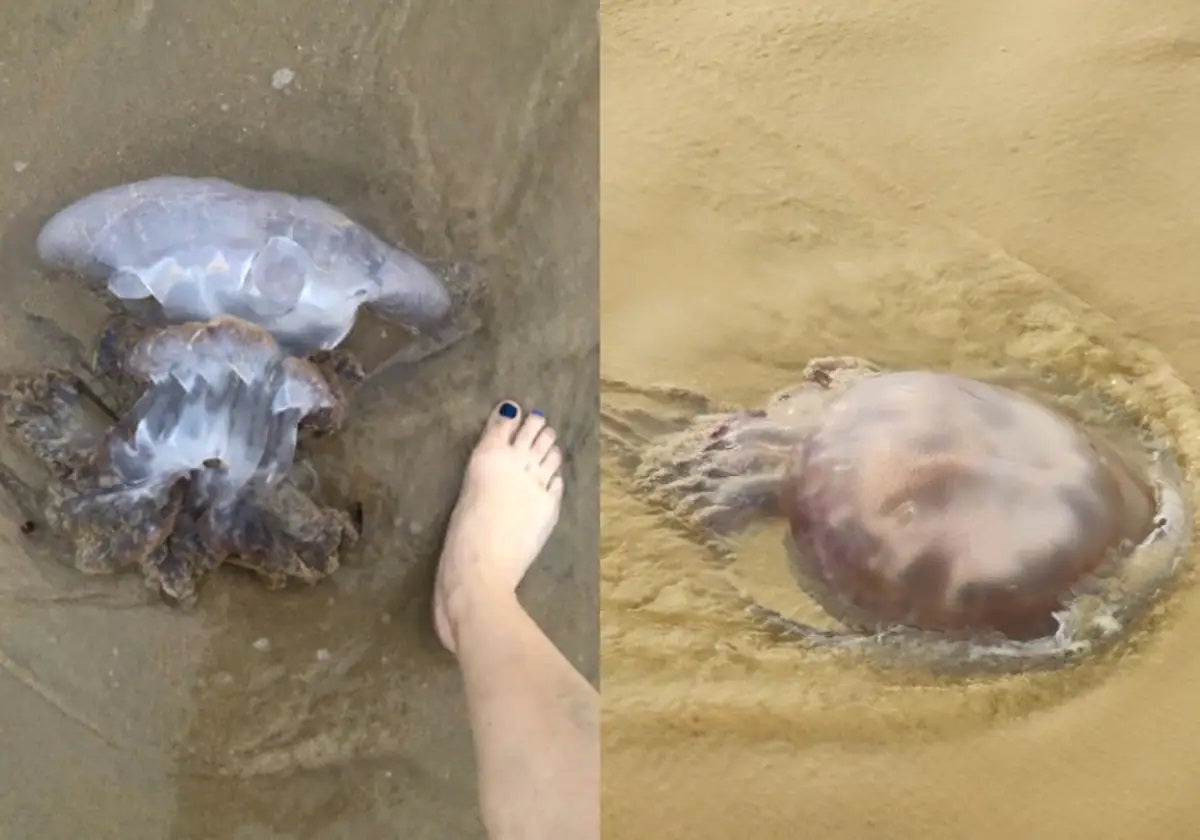Oceanaria will also include the possibility of choosing the best option both to enjoy the sun and to do water sports.
An application developed in Malaga will allow you to know if there are jellyfish in the beaches of Cadiz. For those who enter the water with some fear, or a lot of fear, it is a tool to keep in mind.
Through Oceanaria-Andalusia, a project that will investigate the use of artificial intelligence to detect and inform the user of Andalusian beaches of the presence of jellyfish, invasive algae and natas (floating remains of fat), the user will also be told, thanks to this application and the development of a website, what water sports you can do every day on the coast, as well as the hotels, restaurants and sports equipment rental companies closest to the area in which you are located.
All of this, as highlighted by the University and the CMMA, will also help leisure activities and enjoyment of natural spaces, respect for marine biodiversity and the environment on the Andalusian coast.
The Oceanaria-Andalusia project, presented in Malaga a few days ago, has been approved in the call for aid for R&D&I projects, under a competitive competition regime, within the framework of the Complementary Plan for Marine Sciences and the Recovery Plan , Transformation and Resilience (financed, therefore, with Next Generation funds from the European Union), with the main beneficiary entity being the UMA through the Chair of Coastal Sciences. The CMMA is a partner in the project.
The ultimate goal of this program, as detailed, is "to develop the artificial intelligence applied to the science of the coastal environment, the safety of beach users and the development of nautical sports and sustainable leisure and enjoyment activities in order to promote the Blue Economy in Andalusia."
Thus, the team of researchers is going to develop a website and an application for daily consultation by Andalusian citizens. The mathematical algorithms of artificial intelligence will allow information to be displayed on the probability of detecting scum (remnants of floating fat), invasive algae and jellyfish, as stated in the program's descriptive memory.
In addition, the algorithms will show what type of water sports can be carried out on the more than 800 beaches and almost a thousand kilometers of the Andalusian coast, boosting activity around the 73 marinas. With the data, daily classifications will be prepared. The closest hotels, restaurants and catering services and nautical equipment rental companies will even be shown so that users can plan in time and appropriately to practice their favorite sport.
According to the promoters of the project, this information will allow municipalities to improve the quality of the coastal environment and both the application and the website will unite Coastal Sciences, nautical sports and Blue Tourism with artificial intelligence as a common thread.
The complementary plan Marine Science Board It is endowed with ten million euros, 245,000 euros of which have been used to co-finance the Oceanaria project in another commitment by the Andalusian Government to the Blue Economy.
Data to analyze
The app and the website will offer weather information and sea level conditions with a five-day forecast in a “precise and adapted” way to each of the beaches in Andalusia. You will have the possibility of choosing a beach among all that has the best characteristics, both for enjoying the sun and for practicing one or more of the most common water sports.
The bather will also be able to choose which place on the coast is most attractive, so that each beach will have a classification so that the user can choose to their liking. Once chosen, tourist, meteorological or marine information will be associated with it. It will be possible to access information on restaurants and accommodation in the area, ordered by distance from the beach, as well as know the hourly forecast for practicing each of the most common water sports, along with the probabilities of arrival of creams, seaweed and jellyfish. For the most demanding, there is a detailed table with an hourly description of the weather and sea conditions.
Sources: The voice of Cádiz









